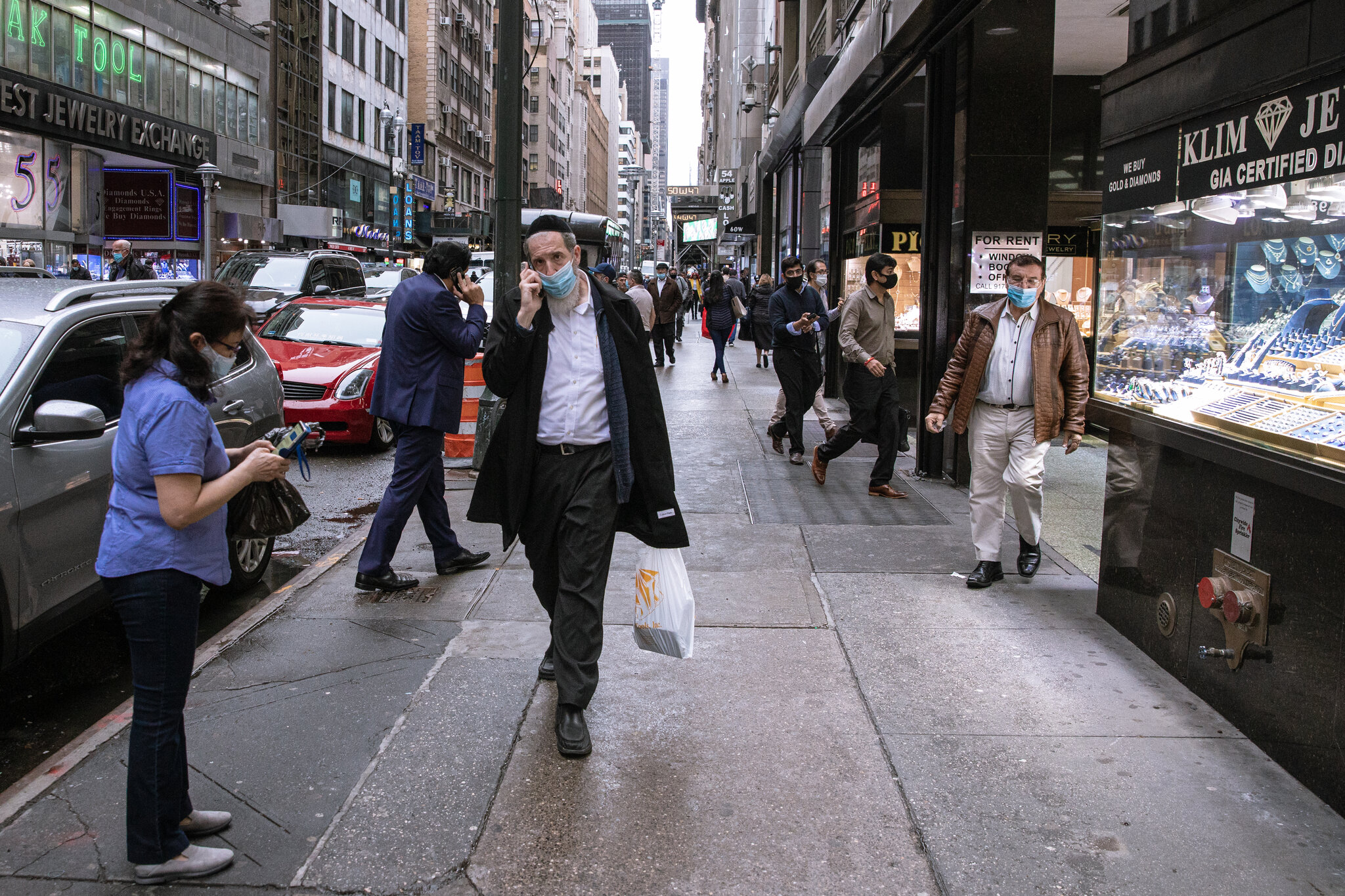A diamond district is a specialized urban area where the cutting, polishing, and trade of diamonds and other precious gems primarily takes place. These bustling hubs are where the world’s most dazzling stones begin their journey from rough mineral to sparkling jewelry, attracting buyers, sellers, and artisans from across the globe.

If you’ve ever wondered where all those beautiful diamonds come from before they land in a jewelry store, chances are they’ve passed through one of the world’s famous diamond districts. These aren’t just ordinary shopping streets; they’re intricate ecosystems of gemologists, cutters, polishers, wholesalers, and retailers, all operating in a unique, often fast-paced environment.
A Glimpse into History
The concept of a centralized diamond trading hub isn’t new. Its roots can be traced back centuries, with cities like Antwerp in Belgium emerging as early centers for diamond craftsmanship and trade. Antwerp, often hailed as the
world’s diamond capital, has a history of diamond trading dating back to the 15th century. Its strategic location and skilled artisans made it a natural magnet for the diamond trade.
Over time, other cities developed their diamond districts, each with its unique character and specialization. New York City’s Diamond District, primarily located on 47th Street in Manhattan, became a prominent center in the 20th century, especially after World War II. Similarly, Mumbai in India has grown into a major hub for diamond cutting and polishing, while Dubai is rapidly emerging as a significant trading center.
How Diamond Districts Work
Stepping into a diamond district is like entering a different world. The streets are often lined with storefronts displaying glittering jewels, but the real action often happens behind closed doors, in offices and trading floors. Here’s a simplified look at how they operate:
•Rough Diamond Trade: Diamonds typically start as rough stones, mined from various parts of the world. These rough diamonds are then traded in specialized bourses or exchanges within the district.
•Cutting and Polishing: Once traded, the rough diamonds are sent to skilled cutters and polishers. This is a highly specialized craft that requires immense precision to maximize the stone’s brilliance and value.
•Wholesale and Retail: After being cut and polished, the diamonds are then sold to wholesalers, who in turn sell them to retailers. Many diamond districts also have retail shops where the public can purchase diamonds directly, often at competitive prices due to the direct access to the supply chain.
•Security and Trust: Given the high value of the goods, security is paramount. Many districts employ sophisticated security measures. Trust is also a cornerstone of the business, with many deals still sealed with a handshake, though formal contracts are increasingly common.
Famous Diamond Districts Around the World
While many cities have a presence in the diamond trade, a few stand out as global powerhouses:
•Antwerp, Belgium: As mentioned, Antwerp is historically the most important diamond center, known for its expertise in cutting and polishing.
•New York City, USA: The 47th Street Diamond District is a vibrant hub for both wholesale and retail diamond trade, and a significant entry point for diamonds into the US market.
•Mumbai, India: India has become a dominant force in diamond cutting and polishing, particularly for smaller stones.
•Dubai, UAE: Leveraging its strategic location and modern infrastructure, Dubai has rapidly grown into a major diamond trading and re-export center.
•Tel Aviv, Israel: The Israel Diamond Exchange is one of the world’s largest and most advanced diamond trading centers.
Conclusion
Diamond districts are fascinating places, embodying centuries of tradition, skill, and commerce. They are the beating heart of the global diamond industry, where raw beauty is transformed into exquisite gems that adorn people around the world. From the historic streets of Antwerp to the bustling avenues of New York, these districts continue to play a vital role in the journey of every sparkling diamond.
FAQs
Q: Is it safe to buy diamonds in a diamond district?
A: Generally, yes, but it’s crucial to be a well-informed buyer. Research reputable dealers, compare prices, and always ask for a diamond’s certification from a recognized grading laboratory (like GIA, AGS, or IGI). Be wary of deals that seem too good to be true.
Q: Are prices cheaper in a diamond district?
A: Often, yes. Because you’re buying closer to the source and sometimes directly from wholesalers or manufacturers, you might find more competitive pricing than in traditional retail jewelry stores. However, it’s still essential to compare and negotiate.
Q: What should I look for when buying a diamond?
A: Focus on the 4 Cs: Carat (weight), Cut (how well it’s proportioned and faceted), Color (how colorless it is), and Clarity (absence of inclusions and blemishes). The cut is often considered the most important as it dictates the diamond’s sparkle.
Q: Can I sell my diamonds in a diamond district?
A: Yes, many dealers in diamond districts buy diamonds. You can approach different buyers to get offers, but it’s advisable to have your diamond appraised beforehand so you have an idea of its value.
Q: What is the difference between a diamond bourse and a diamond district?
A: A diamond district is the geographical area where diamond businesses are concentrated. A diamond bourse (or exchange) is a specific trading floor or organization within a diamond district where registered members can buy and sell diamonds, often in a highly regulated and secure environment.